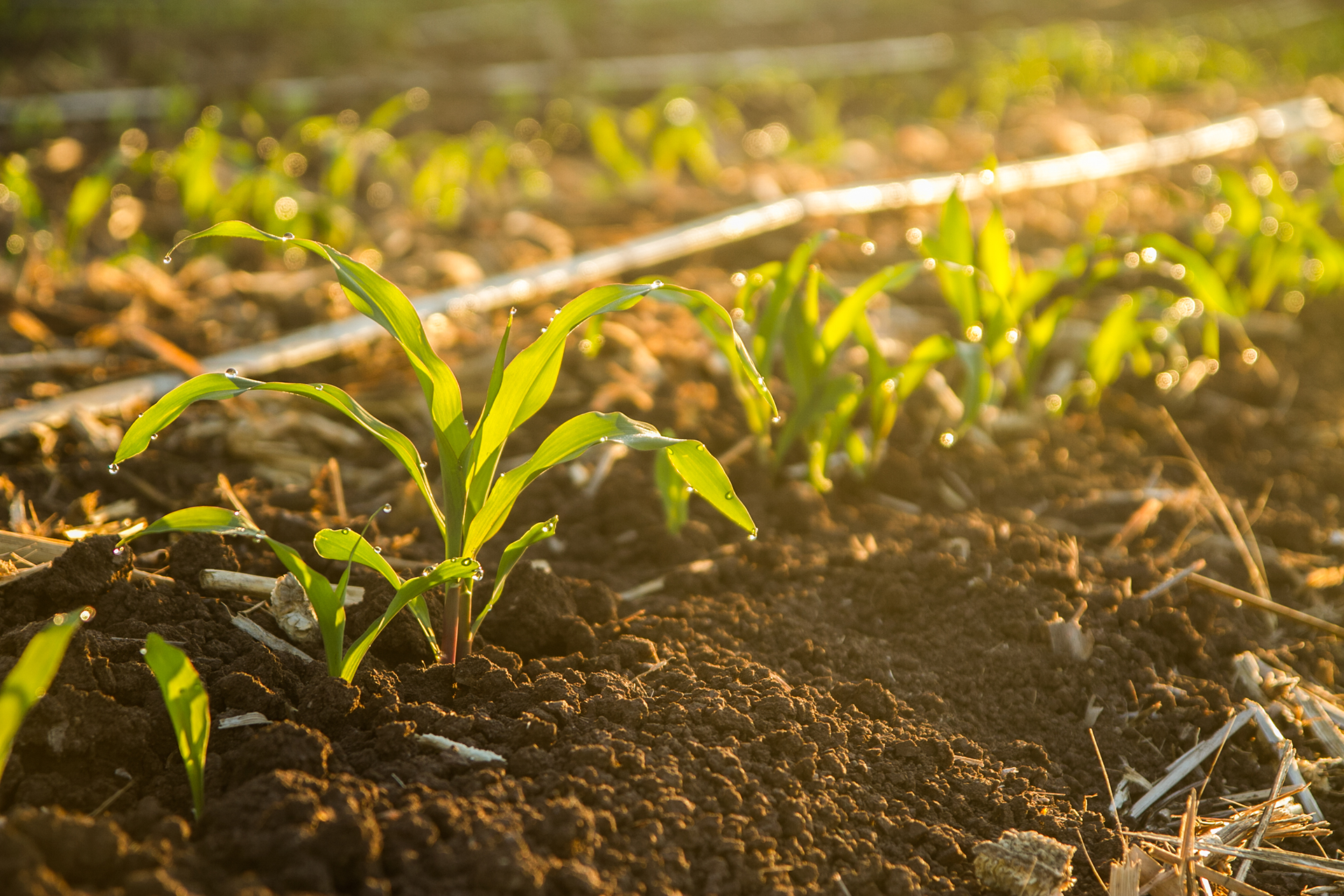The fruit industry is on the brink of an exciting phase packed with opportunities, believes Anton Rabe, the executive director at Hortgro.
“I am incredibly bullish about the next five to ten years,” he shared with Tru-Cape’s management during a recent strategy meeting in Paarl, adding that the local industry might not have enough fruit to meet the global demand if more markets open up.
“Agriculture makes up around 15-18% of the gross domestic product when you factor in the value chain, and people increasingly appreciate the industry’s value. Agriculture has the potential to create jobs, earn foreign currency, and develop stable and safe rural communities,” he told the Tru-Cape team at their new offices in Paarl’s Main Road.
“If you undermine agriculture, you play with the future of South Africa. Numerous opportunities exist for a company like Tru-Cape, which is embedded within the value chain.”
The unlocking (or re-unlocking) of new pome and stone fruit markets is a real possibility in the short term and will be a game changer for the industry. Hortgro is concentrating on reducing tariffs and creating user-friendly protocols in markets like Thailand, China, Taiwan, and Indonesia.
“I believe that India still has a long way to go in terms of market development. There are still significant opportunities in Africa, particularly for apples and pears, which tend to withstand logistical challenges better than stone fruit. The more options we have, the better for us,” Anton said.
While the fruit industry has not yet benefitted from Brics, Anton said there might be opportunities to explore.
Roelf Pienaar, managing director of Tru-Cape Fruit Marketing, is particularly enthusiastic regarding prospects in the Far East.
“There are great opportunities in emerging markets where our competitors struggle with logistical difficulties. Although we need to tackle the infrastructure issues in South African ports and on our roads, our position at the southern tip of Africa allows us to reach most markets within a relatively short timeframe.”
Tru-Cape’s variety basket is also crafted to cater to a diverse range of markets, spanning from Europe and the United Kingdom all the way to the Middle East and Far East.
“We are also fortunate to have the rest of Africa right at our doorstep, allowing us to leverage the full spectrum of available fruits. Many of our competitors do not have access to a developing market and significant opportunities that are right within their reach.”
Small light in the logistics tunnel
South African producers operate in a failed-state environment where electricity, logistics, water, and security are often lacking; however, Anton is optimistic about the Government of National Unity and the private sector’s involvement in overcoming some of these challenges.
“Our message to the government is to implement the plans already on the table, such as the National Development Plan and the Agriculture and Agro-Processing Master Plan.”
He predicted that the logistics crisis would last another year to eighteen months.
“Transnet’s management has improved and is more transparent and accountable, particularly in the port of Cape Town. New equipment has arrived, maintenance has improved, parts are available, and OEMs are on board. I trust the productivity problems between Christmas and New Year have been resolved. Even with the wind and equipment failures, I feel optimistic that there’s a silver lining ahead. The upcoming year ahead should be less challenging.”
He lauded the pome and stonefruit industry’s innovative way of dealing with the current logistical challenges.
“The alternatives are costly, but at least the fruit reaches the market on time and within specification.”
Attie van Zyl, manager of the Two-a-Day Group, stated that the inefficiencies at the port of Cape Town are costing the Western Cape apple and pear industry around R999 million annually. He noted: For apple and pear growers, the estimated cost of the dysfunctional port is R26 300 per hectare.”
Macro-economic factors
Interest rates are finally coming down, making the cost of capital more affordable. However, the strengthening of the rand is not ideal for exporters. Besides labour, approximately 70% of producers’ inputs rely on the exchange rate.
“It will hopefully be cheaper to import inputs like chemicals and paper, but we have seen over the years that when prices rise, it doesn’t necessarily come down again.”
He also pointed out that the loss of key chemicals is a risk to the industry.
“Our toolbox is becoming smaller, and our challenges are bigger. Due to climate change, pests are changing their patterns and hosts, and we have fewer chemicals to fight them. Alternatives are also not registered quickly enough and are more expensive.”
Roelf pointed out that high import duties – as much as 50% in India! – pose a real challenge. They are hoping for government support to secure more favourable trade agreements.
Anton added that a more protectionist stance in European nations and the United States might result in the misuse of phytosanitary regulations and tariffs.
In its recent baseline, the Buro for Food and Agriculture Policy (BFAP) projects that global fruit prices will move sideways. Knowing what is happening with input costs, the trick will be to maximise products on both the tree and in marketing channels like processing, juicing, and the fresh market. Companies like Tru-Cape will play an important role in unlocking the potential,” he reiterated.









